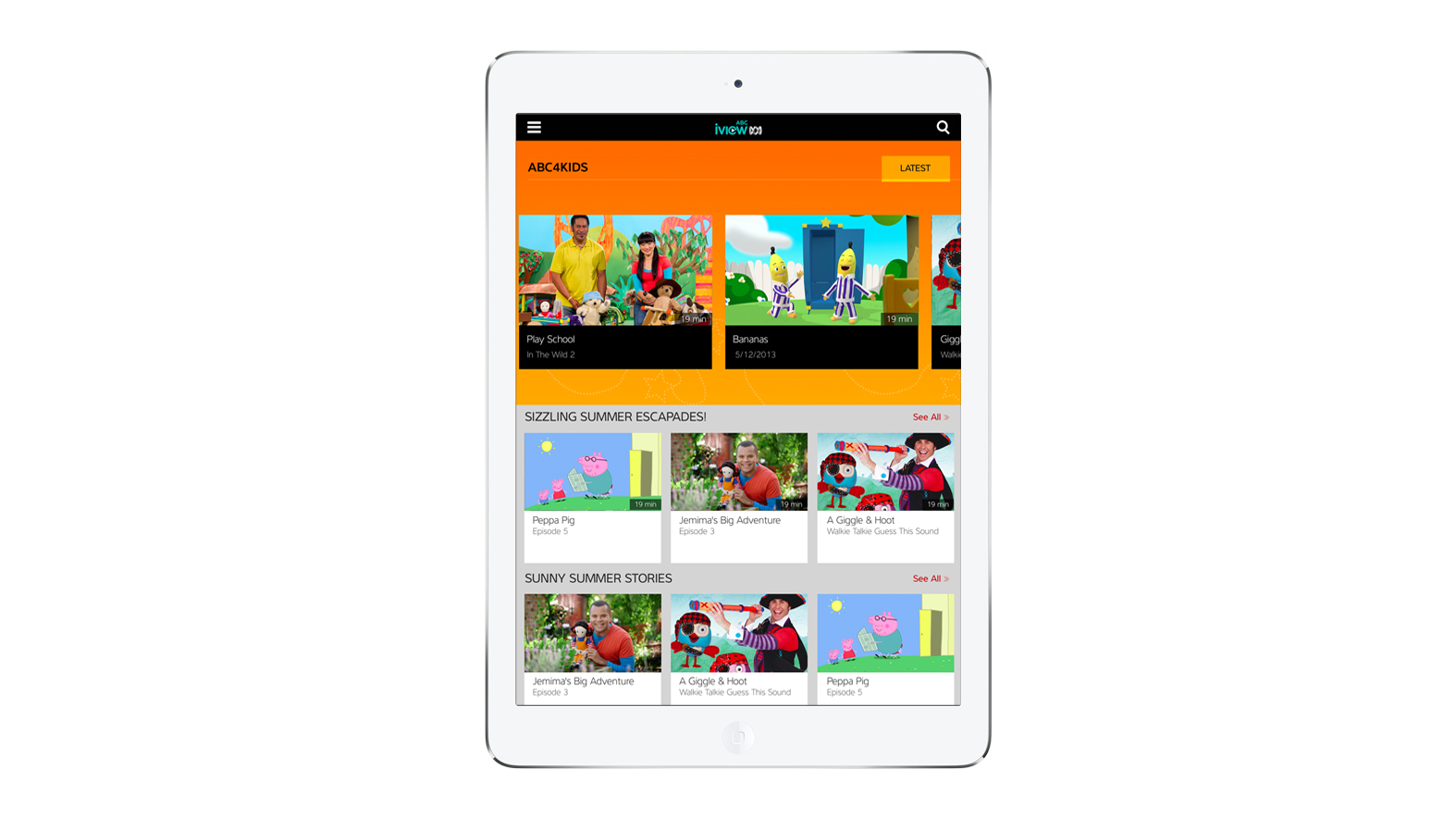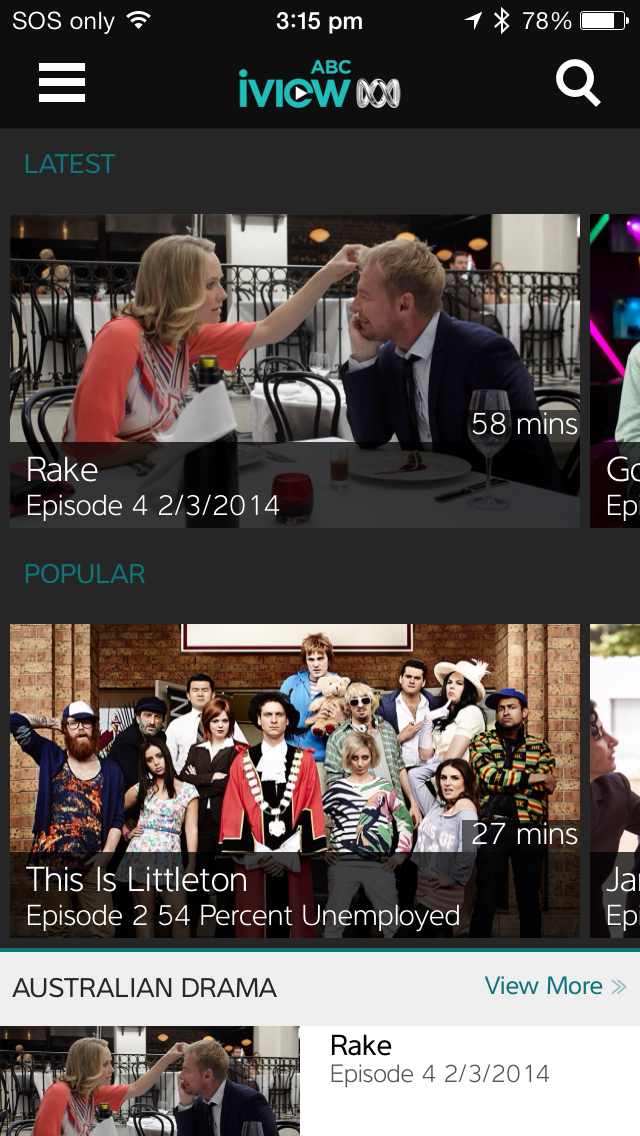A room with iview: How the ABC dominates video-on-demand
Massive growth and a mobile first strategy

In the six years since the ABC launched the first version of iview, its free video-on-demand streaming platform, the world has changed.
Originally, the platform was only available via a web browser. Then came viewing on a PS3. Eventually, mobile apps were released and tablet apps followed. And the Xbox 360 got access to the platform.
It was a strategy that cried out for the service to be available to everyone on every device for free. But these days, limited resources means that the iview team has to pick and choose its battles.
"Ultimately it comes down to prioritising platforms where a significant audience already exists, and there's strong demand for our content on those devices, but it's also a balance of resources and often, timing," explains Sally O'Donoghue, iview Manager at the ABC.

A perfect example of this strategy, she tells us, was the launch of the refreshed Android iview app in late 2013.
Despite being accused of platform bias against Android following the demise of Flash (and the subsequent lack of support of the company's original app), the team released the most recent update on Android first.
"In order to provide an app for viewers on Android tablets and phones, we needed to provision a third-party technology which could handle our preferred format of secure streaming on those devices," O'Donoghue tells us.
Sign up for breaking news, reviews, opinion, top tech deals, and more.
"That technology only became available and ready for us to use last year during the development of the app."
Game on
Beyond the traditional battle between mobile operating systems, the lack of an iview app on either the Xbox One or PS4 consoles at launch was a point noted by many keen iview consumers.
But as O'Donoghue tells us, it's not that the platforms are being overlooked, more that they need to prioritise each platform based on demand.
"While we strive to be cross platform as possible, that doesn't mean we have the resources to target every new platform from launch," she says.

"We are looking at Xbox One and PS4 support in the future, but don't have anything to announce at this time."
Similarly, Apple TV users,who have long been crying out for a dedicated iview app on the streaming box should know that the iview team, too, would like to see their app appear as a dedicated button on the platform.
"We'd like to have iview as an icon on Apple TV, but in a sense we're already there through our support for AirPlay, which makes it easy to stream to the TV and still have the rich control of a tablet or phone,"explains Peter Marks, iOS Developer, ABC TV Multiplatform.
The development team is also keeping a keen eye on devices and platforms that are heading Down Under.
"Google Chromecast is coming to Australia soon, and we're working to investigate support for Chromecast in our clients," Marks adds.
More than just a pretty app
While the most obvious developments to the consumers appear to be on the front end, the iview team has actually been hard at work improving the back end as well.

"This update to iview is not just on the client side. The team has re-engineered the publishing system and server infrastructure, a task which involved (mostly) transparently maintaining support for existing clients and adding new streamlined APIs for the new clients," explains Bruce Collier, Technical Lead for iview.
"There is a balancing act between keeping a service reliable and stable for a huge audience, but also being able to innovate and introduce features over time," he says.
On the client side, the new iview update is designed to take advantage of the 64-bit processors found in the iPad Air and iPhone 5S.
"Recent Apple devices such as the iPhone 5S and the iPad Air have a new 64 bit CPU, and software built for arm64 gets a two times increase in performance and a reduction in the RAM used on these devices," Marks tells us.
"The user will find the app's scrolling and transitions are smoother and generally more snappy."